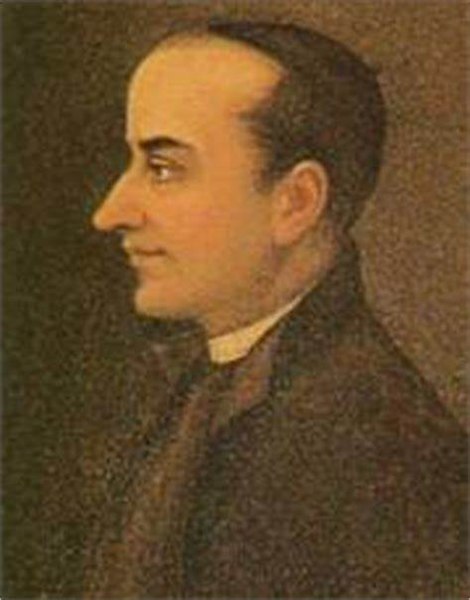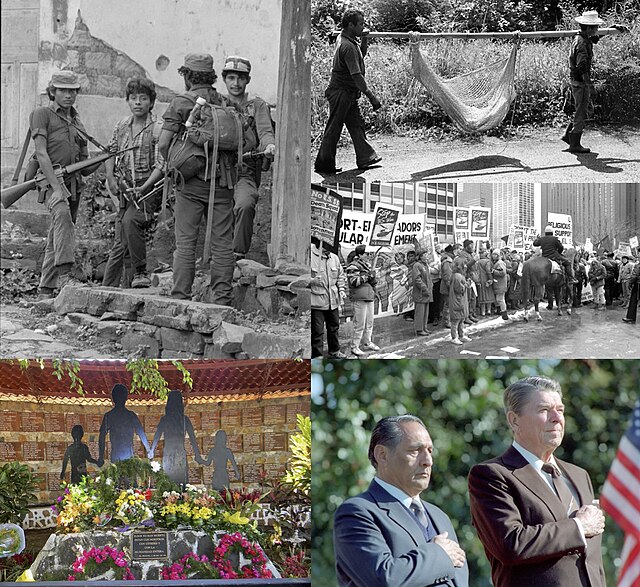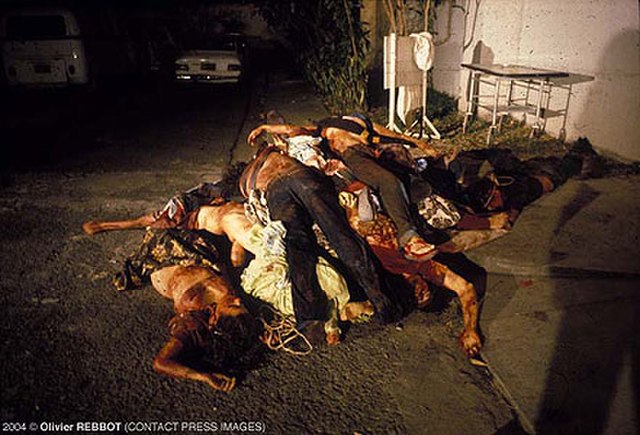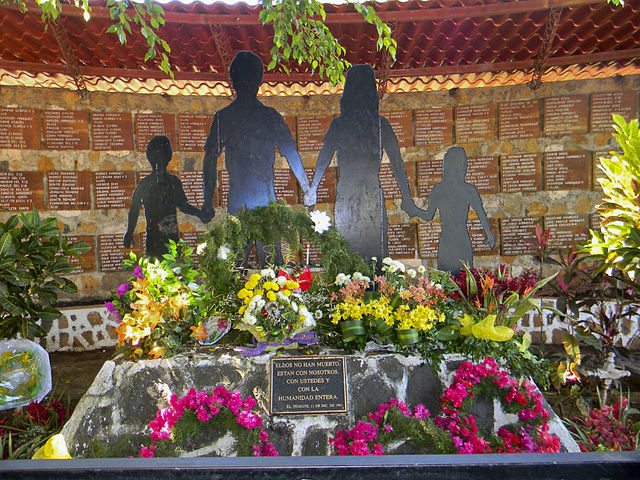The history of El Salvador begins with several distinct groups of Mesoamerican people, especially the Pipil, the Lenca and the Maya. In the early 16th century, the Spanish Empire conquered the territory, incorporating it into the Viceroyalty of New Spain ruled from Mexico City. In 1821, El Salvador achieved independence from Spain as part of the First Mexican Empire, only to further secede as part of the Federal Republic of Central America two years later. Upon the republic's independence in 1841, El Salvador became a sovereign state until forming a short-lived union with Honduras and Nicaragua called the Greater Republic of Central America, which lasted from 1895 to 1898.
Tazumal ruins in Santa Ana, El Salvador
The eruption of Ilopango, 1891
José Matías Delgado y de León, intellectual leader of the Salvadoran independence movement
José Matías Delgado At the time of signing the Central American act of independence, in a representation of the meeting of September 15, 1821 of the Chilean painter Luis Vergara Ahumada.
The Salvadoran Civil War was a twelve-year period of civil war in El Salvador that was fought between the government of El Salvador and the Farabundo Martí National Liberation Front (FMLN), a coalition or "umbrella organization" of left-wing groups backed by the Cuban regime of Fidel Castro as well as the Soviet Union. A coup on 15 October 1979 followed by government killings of anti-coup protesters is widely seen as the start of civil war. The war did not formally end until after the collapse of the Soviet Union, when, on 16 January 1992 the Chapultepec Peace Accords were signed in Mexico City.
Clockwise from top right: two Salvadorans carrying a casualty of war, an anti-war protest in Chicago, Salvadoran President José Napoleón Duarte and U.S. President Ronald Reagan, a memorial to the El Mozote massacre, ERP fighters in Perquín
Death squad victims in San Salvador, (c. 1981)
Archbishop Óscar Romero
The memorial at the El Mozote.








